Despite having evolved in a world where horizontal movement seems most efficient, many snake species display a remarkable preference for vertical climbing, even in predominantly flat environments. This fascinating behavioral adaptation has puzzled herpetologists and wildlife enthusiasts alike. While we might expect arboreal specialists like tree pythons to ascend vegetation, the tendency of many ground-dwelling species to climb whenever possible reveals deeper evolutionary, ecological, and behavioral factors at work. This article explores the surprising preference for vertical movement among various snake species and uncovers the complex advantages this behavior provides in their survival and ecological success.
Evolutionary Origins of Climbing Behaviors
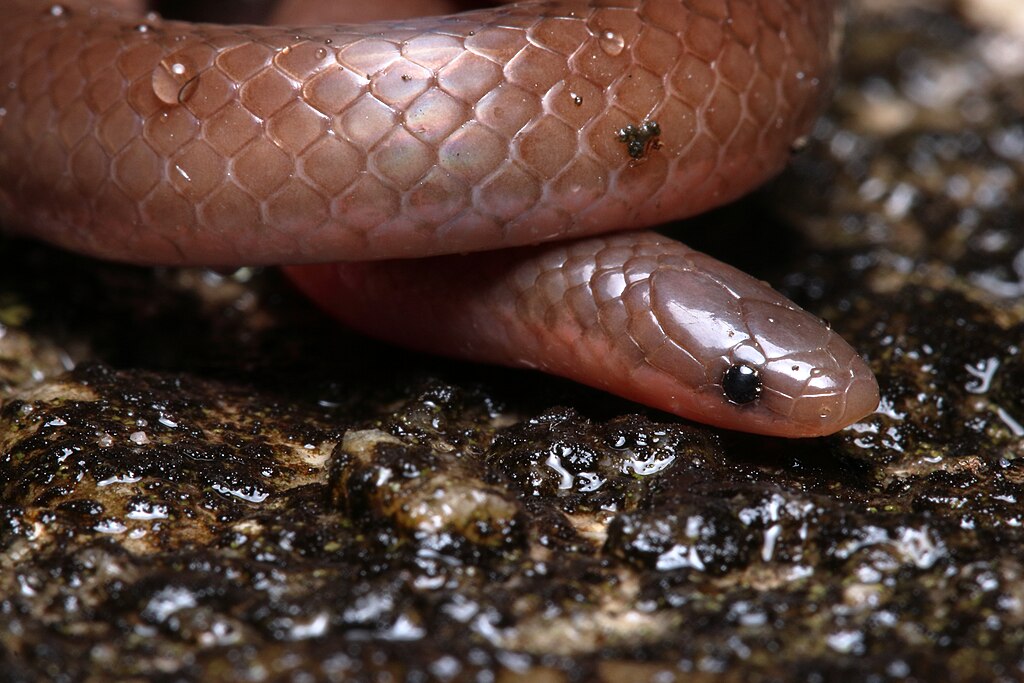
The climbing behavior observed in many snake species can be traced back to their evolutionary history, where ancestors often inhabited more complex, three-dimensional environments. Even species now found predominantly in flat habitats may retain genetic programming from arboreal ancestors who relied on climbing for survival. This evolutionary legacy manifests as an instinctual drive to explore vertical spaces whenever they become available. Some genetic studies suggest that the muscular adaptations and specialized scales that facilitate climbing represent ancient traits preserved across diverse snake lineages. These ancestral influences continue to shape behavior even as species have adapted to new ecological niches, demonstrating the remarkable persistence of evolutionary adaptations across changing environments.
Predator Avoidance Through Elevation

One of the most significant advantages vertical climbing offers snakes is enhanced protection from ground-dwelling predators. By ascending trees, rocks, or human structures, snakes can effectively escape threats from mammals, larger reptiles, and ground-foraging birds that lack climbing abilities. This vertical escape route provides an immediate safety advantage in emergency situations when a snake detects an approaching predator. Research has shown that even typically terrestrial species like rattlesnakes will rapidly ascend nearby structures when threatened, suggesting this behavior serves as a crucial survival mechanism. Additionally, the elevated position allows snakes to remain motionless and blend with their surroundings, further reducing their detection risk from predators scanning the ground level.
Thermoregulatory Benefits of Height
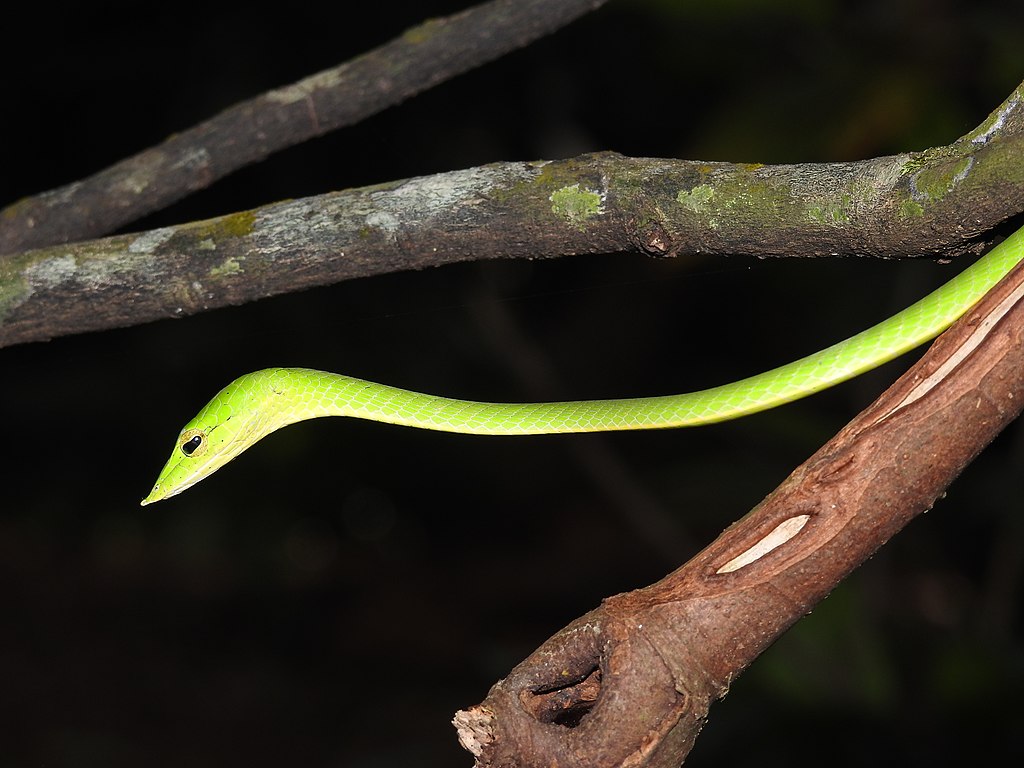
Vertical climbing offers snakes significant thermoregulatory advantages that directly impact their physiological functions and survival. As ectothermic creatures, snakes rely on environmental heat to regulate their body temperature, and vertical positions often provide access to more direct sunlight than is available at ground level. This is particularly valuable in forests or dense vegetation where the canopy creates shaded conditions below. Higher positions also allow snakes to escape the extreme ground temperatures that can occur in many habitats, where surface soil can become dangerously hot during peak daylight hours. Studies have documented that certain snake species will adjust their climbing height throughout the day specifically to maintain optimal body temperature, demonstrating the sophisticated way they utilize vertical space for thermoregulation.
Enhanced Hunting Opportunities

Vertical climbing significantly expands the hunting opportunities available to snakes by giving them access to prey species that occupy different ecological niches. From elevated positions, snakes can ambush birds, bats, arboreal mammals, and tree-dwelling reptiles that would otherwise remain beyond their reach. This vertical hunting strategy opens up entirely new food sources that ground-dwelling competitors cannot access. Some snake species have developed specialized hunting techniques specifically for elevated environments, including the remarkable ability to launch themselves from branches to capture flying prey. Additionally, climbing allows snakes to raid nests for eggs and young birds, which represent high-calorie, low-risk food sources during breeding seasons.
Navigational Advantages From Height
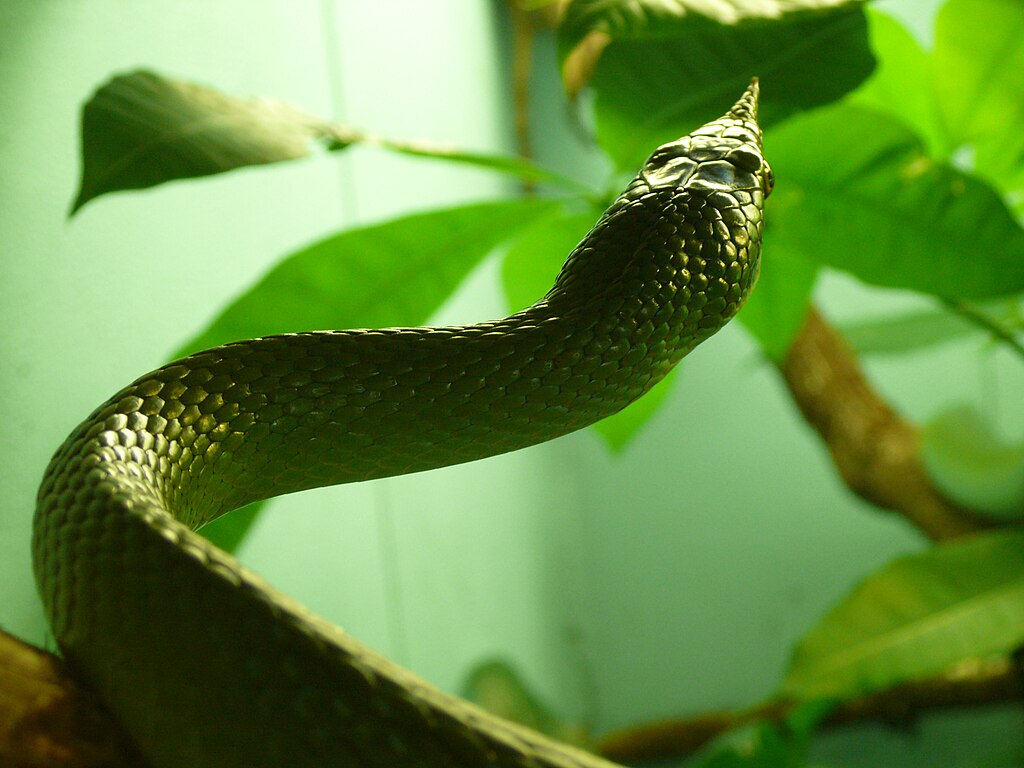
Climbing to elevated positions provides snakes with enhanced navigational capabilities by offering a broader view of their surroundings. This vantage point allows them to identify distant landmarks, water sources, or potential shelter that might remain hidden from ground level. For migratory species or those with large home ranges, these elevated reconnaissance opportunities help optimize movement through their territory while minimizing energy expenditure. Research using tracking devices has revealed that some snake species will regularly climb to survey their environment before undertaking longer journeys across their habitat. This behavior is particularly valuable in flat habitats where ground-level visibility may be limited by vegetation or terrain features, allowing snakes to create mental maps of their surroundings from higher perspectives.
Adaptations That Facilitate Vertical Movement

Snakes possess remarkable physiological and anatomical adaptations that make vertical climbing possible, even in species not typically classified as arboreal specialists. Their unique musculature allows for impressive grip strength, with ventral scales that can create friction against vertical surfaces by manipulating the leading edges to catch on minute surface irregularities. Many species also utilize their body weight distribution through looping techniques that create anchor points as they ascend. The specialized scales on their ventral surface often feature microscopic ridges that increase friction against smooth surfaces, while their ability to control the tension in different muscle segments allows for precise movements against gravity. These adaptations collectively enable snakes to ascend surfaces that would seem impossible for limbless creatures, including relatively smooth tree trunks and even some vertical rock faces.
Microhabitat Diversification Through Climbing
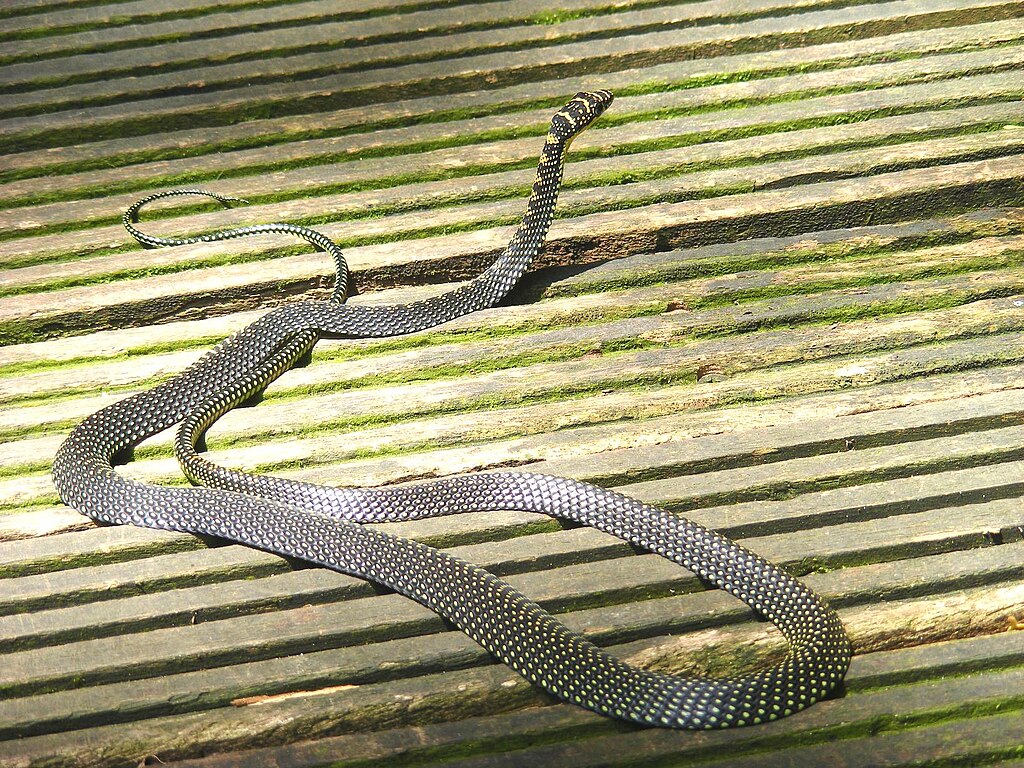
By utilizing vertical spaces, snakes effectively expand their available habitat by accessing different microenvironments that exist at various heights. These vertical microhabitats often feature different humidity levels, temperature gradients, and shelter opportunities than what’s available at ground level. For instance, tree hollows may provide more stable humidity during dry seasons, while elevated rock crevices might offer better drainage during rainy periods. This vertical microhabitat diversification allows snakes to select optimal conditions based on their current physiological needs throughout daily and seasonal cycles. Research has shown that some snake species will shift their preferred height range in response to changing weather conditions, demonstrating sophisticated use of vertical space to meet varying environmental challenges.
Social Dynamics and Vertical Space Usage

Vertical climbing behaviors in snakes can play surprising roles in their social interactions and reproductive strategies. During mating seasons, male snakes of several species have been observed climbing to release pheromones that disperse more effectively from height, increasing their chances of attracting females from greater distances. Some species also use elevated positions for competitive displays, with males engaging in “combat dances” on branches to establish dominance without resorting to potentially dangerous physical confrontation. Female snakes often select elevated sites for giving birth or depositing eggs, as these locations typically offer greater protection from egg predators and more stable environmental conditions. These social dimensions of climbing behavior highlight how vertical movement serves purposes beyond simple predator avoidance or foraging efficiency.
Seasonal Variations in Climbing Behavior

Many snake species demonstrate distinctive seasonal patterns in their climbing behaviors, adjusting their vertical habitat usage throughout the year. During colder months, some species increase climbing activity to access warmer elevated positions where solar radiation creates temperature pockets several degrees warmer than ground level. Conversely, during extreme summer heat, snakes may climb to escape ground temperatures that exceed their thermal tolerance. Breeding seasons often trigger increased climbing behaviors as snakes search for mates or suitable nesting sites in elevated locations. Research using seasonal activity monitoring has revealed that some primarily terrestrial species become surprisingly arboreal during specific portions of the year, demonstrating the flexibility of this behavioral adaptation and its importance for seasonal survival strategies.
Climbing as a Response to Environmental Disturbances
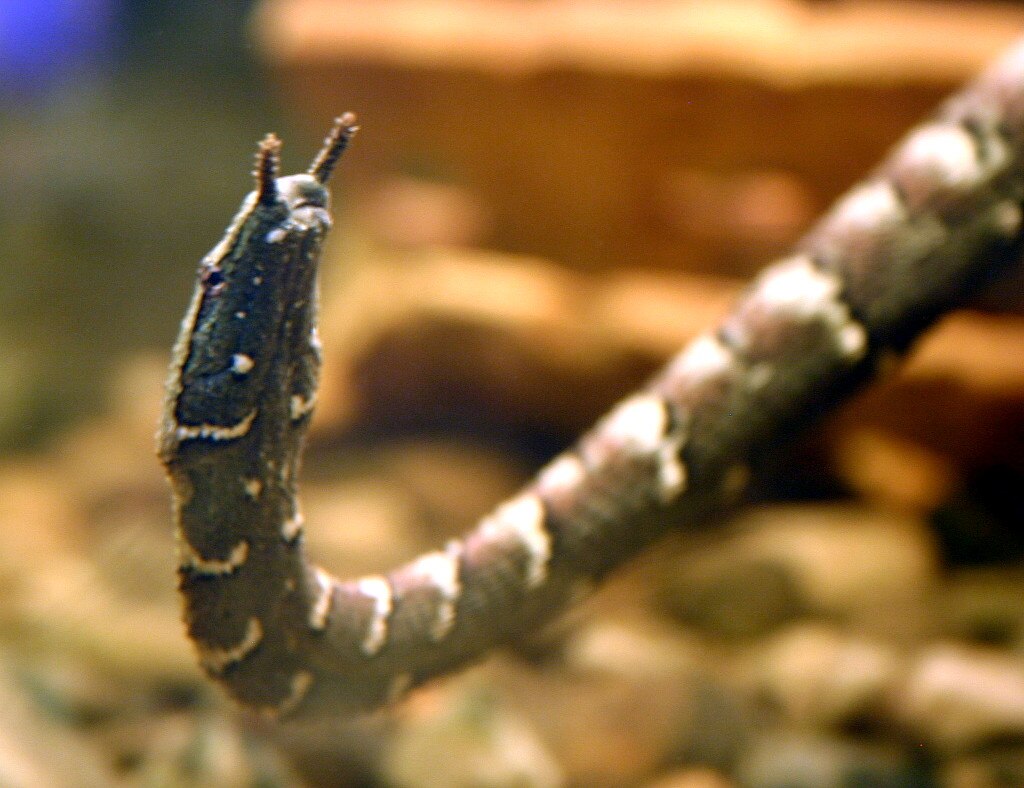
Vertical climbing serves as an important behavioral response to various environmental disturbances that affect snake habitats. During flooding events, which can rapidly transform ground habitats, many terrestrial snake species retreat to elevated positions in trees or on human structures to escape rising waters. Similarly, climbing behavior increases during wildfire events, allowing snakes to avoid the immediate danger while positioning themselves to return once conditions improve. Research following natural disasters has documented significant increases in climbing behavior among typically ground-dwelling species during these crisis periods. This adaptive flexibility represents a crucial survival mechanism in unpredictable environments and illustrates why climbing ability remains valuable even for species that spend most of their time on flat terrain.
Human Structures as Vertical Habitat Surrogates
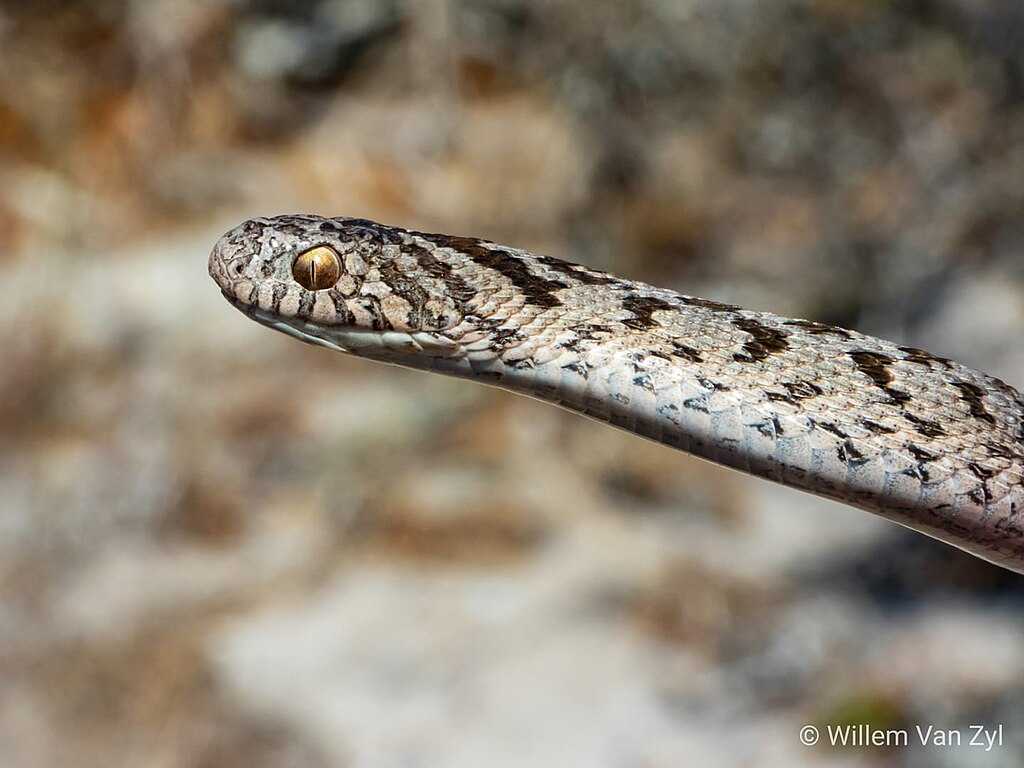
Many snake species readily adapt their climbing behaviors to utilize human-made structures when natural vertical features are limited in their environment. Buildings, fences, walls, and utility poles often serve as artificial substitutes for trees or rock formations, providing similar benefits for predator avoidance, thermoregulation, and hunting. This behavior adaptation explains why snakes are frequently encountered in seemingly unlikely elevated positions around human settlements, particularly in areas where natural climbing opportunities have been reduced by development. Studies in urban herpetology have found that some snake species actually maintain higher population densities in areas with moderate development compared to open fields, precisely because the vertical structural complexity created by human architecture provides valuable climbing opportunities. This adaptability demonstrates the fundamental importance of vertical movement in snake behavior, even when it must be expressed in novel environments.
Conservation Implications of Climbing Preferences
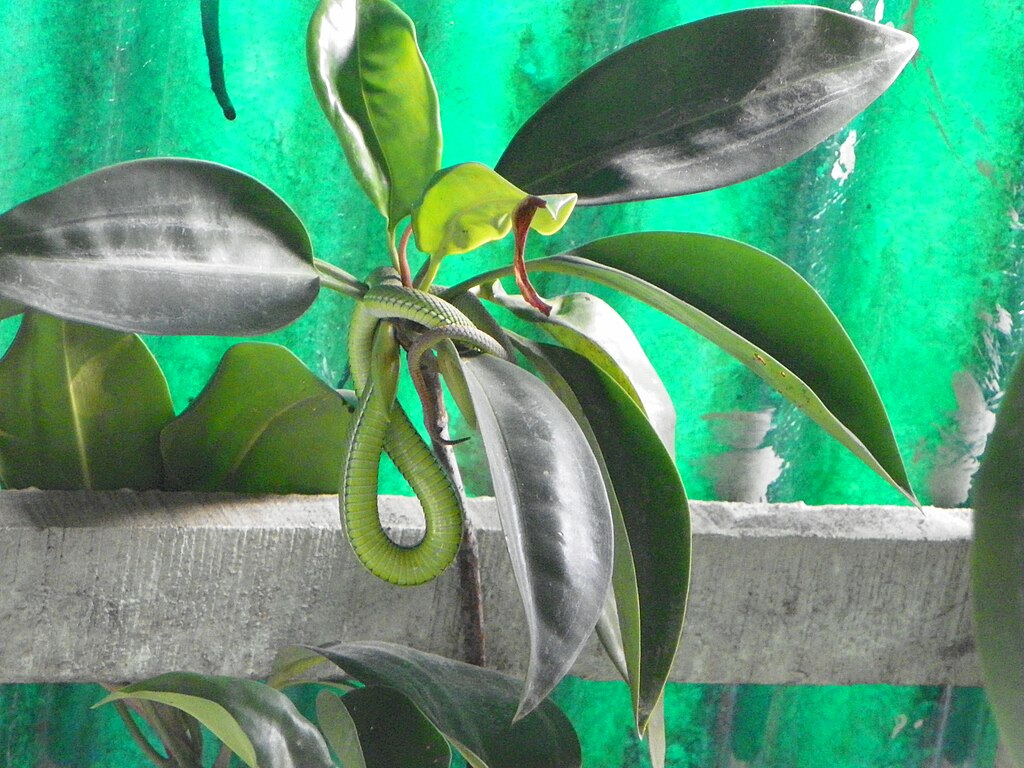
Understanding snakes’ preference for vertical movement carries significant implications for conservation efforts and habitat management practices. Conservation plans that focus exclusively on ground-level habitat features may fail to address a crucial dimension of snake ecology if they neglect the vertical component of habitat requirements. Preservation of standing dead trees, rock formations, and structural complexity in vegetation layers provides essential climbing opportunities that support healthy snake populations. Research has demonstrated that restoration projects incorporating vertical habitat elements achieve greater success in supporting diverse snake communities than those focused solely on ground-level vegetation. For threatened snake species, conservation breeding programs now increasingly incorporate climbing opportunities to maintain natural behaviors and physical conditioning, recognizing that climbing ability represents an essential aspect of snake biology even for primarily terrestrial species.
Conclusion

The seemingly counterintuitive preference for vertical climbing among many snake species, even those living in predominantly flat habitats, reflects a sophisticated behavioral adaptation with multiple survival advantages. From predator avoidance and thermoregulation to expanded foraging opportunities and navigational benefits, vertical movement represents an essential dimension of snake ecology that transcends simple habitat classification. This climbing behavior demonstrates the remarkable adaptability of snakes and highlights the importance of three-dimensional thinking in understanding their ecological needs. As we continue to study these fascinating reptiles, recognizing the significance of vertical space usage will remain crucial for both scientific understanding and effective conservation efforts, ensuring that these remarkable animals can continue their surprising journeys upward, even in the flattest of landscapes.





